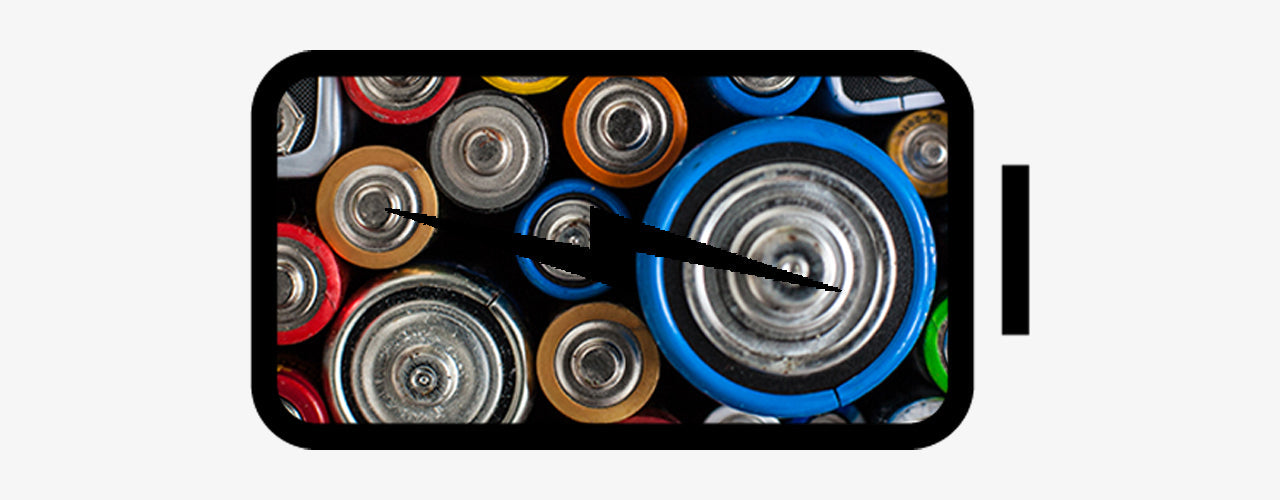
Battery life is a big topic in the electronics world these days. Without a battery, your electronic devices become a big hunk of metal junk. Apple has been in the spotlight recently after they openly admitted they slow down batteries after a certain time frame. Even without interference, all devices have a finite amount of full charges, after which it starts to lose its full power. The correct way to charge your devices is simpler than you think. In order to preserve your device's battery life, you need to adopt good charging habits and take care of your batteries storage.
The Story Behind Lithium-ion Batteries
The reason lithium batteries lose their juice after a certain amount of time really has to do with their makeup. As explained by Popular Science: "When the battery is charging, positively-charged lithium ions move from one electrode, called the cathode, to the other, known as the anode, through an electrolyte solution in the battery cell. That causes electrons to concentrate on the anode, at the negative side. When the battery is discharged, the reverse happens. As for those electrons, they move through circuits that are external to the battery, providing juice."
Those electrons, are what is powering your smartphone, power station, Qi charger, tablet etc. Even with the technological advances with these batteries, all lithium batteries have a limited life time. The amount of charges varies between products. For example, an Apple iPhone holds about 500 recharges per phone. If you charge your phone every night, that's 365 charges per year and that's if you only charge one a day.
Charging and Recharging
So the question remains, how do you make your lithium-ion batteries last as long as possible? A common misconception is that you need to charge and discharge your device right out of the packaging, but this isn't true. What matters most is how you charge your device after using it.
Shallow charges are better than full charges. Over time they put less stress on the battery. When the battery is discharging, you should let is go below 50% before charging back up again. You should also avoid pushing the battery all the way to 100%.
If you do push your battery up to 100%, DO NOT leave it plugged in. This will cause your battery to age faster and lose their power over time.
Doing my research I was surprised to find that while every once in a while, you should do a full battery discharge, you should NOT do this regularly. On average, you should concentrate on keeping your battery above 20%.
Storage and Care
One thing lithium-ion batteries do not like is extreme temperatures. You should avoid leaving your phone in the hot sun or in a super cold environment. Leaving your devices in an extreme environment does not do the lithium-ion battery any favors.
You should also make sure to use the charger that comes with your device. I know the Apple chargers suck, but the chargers that are optimized for the specific device work best with the batteries. You should also switch off your device once you are done using it.
Takeaways
Follow these tips and you have the best chance of extending the battery life on all of your devices. Preserving your battery can save you a lot of time and money in the long run.





Share:
Ways To Use Your Old Smartphone
Best Free Photo Editing Apps You Need